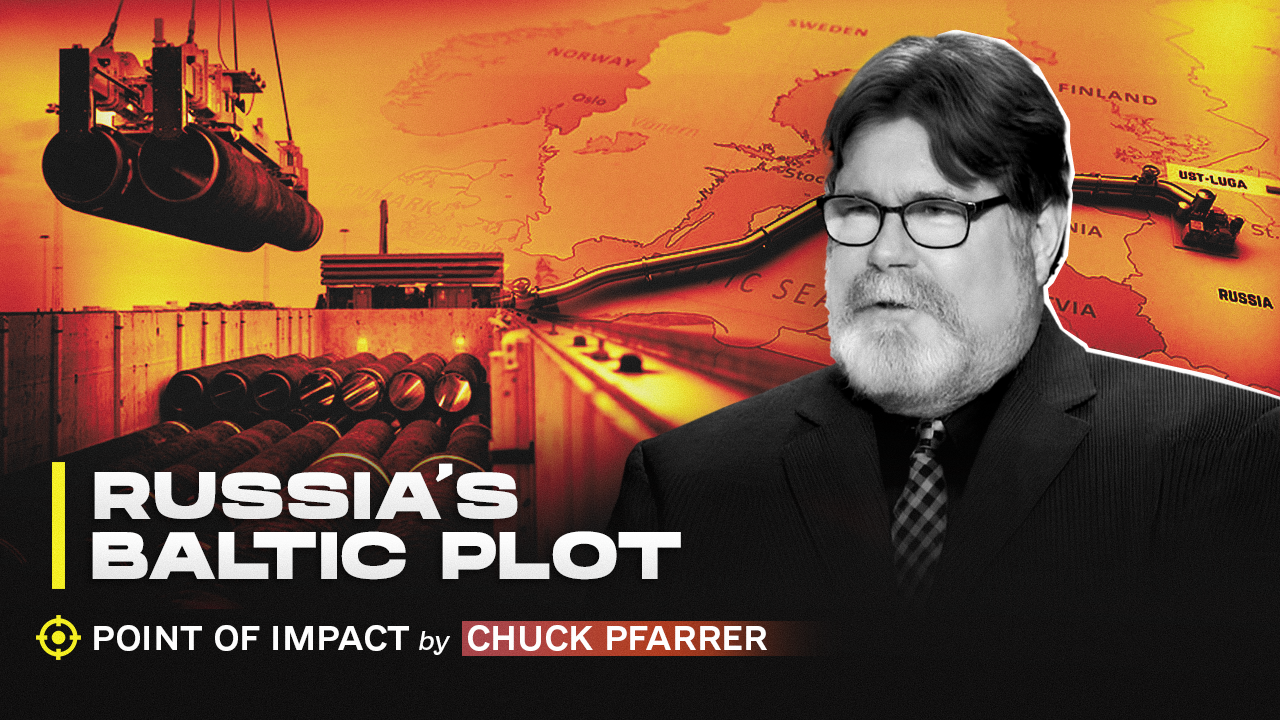Ukrainian air defenders on Friday morning had fought a tough overnight battle against nearly a hundred missiles and drones launched by Russia at targets across the country, shooting down the bulk of the Kremlin’s strike packages, but by their own reckoning failing to intercept any of Moscow’s ballistic missiles.
According to Ukrainian military announcements, the Russian Federation overnight from Thursday to Friday launched 99 long-range weapons at Ukraine. An estimated 58-60 were propeller-driven, Iranian-exported Shahed drones. Based on open-source air defense reports reviewed by Kyiv Post, Russian strike planners used the Shahed drones to probe and where possible spread thin Ukrainian air defenses.
The backbone of Moscow’s assault was 21 (or 23) X-101/X-555 cruise missiles and a smaller number of high-tech X-59 cruise missiles dropped by Tu-95MC turboprop bombers – the well-known Bear bomber from the Soviet era – flying over the Caspian Sea. The Ukrainians appear to have tracked the aircraft from takeoff deep inside Russia to their launch point, and the missiles’ flight across two-thirds of Ukraine. About half of the missiles appear to have been aimed at Ukrainian power grid infrastructure in the south, and the other half at power grid infrastructure in the east.
JOIN US ON TELEGRAM
Follow our coverage of the war on the @Kyivpost_official.

Ukrainian territorial defense gunners man a Ford Ranger pickup truck rigged with a DShK Soviet-era heavy machine gun during anti-drone training. Hundreds of vehicles and crews operating across Ukraine have become fairly effective in knocking down Iranian Shahed drones, but their weapons are mostly useless against missiles. Image published by the news platform AvtoTsentr on 16 Dec. 2022.
According to Ukrainian Air Force spokespersons, three Russian MiG-31K fighters took off in Russia’s central Ryazan Region and went to altitude to employ three Kinzhal missiles.

Zelensky Calls for 200,000 Peacekeepers, Rejects Troop Reduction Demands
The Kremlin bills the Kinzhal as a hypersonic air-to-surface missile, but the weapon is better described as a surface-to-surface ballistic missile with a warhead close to half a ton, modified to be dropped from an airplane, and able to fly theoretically at speeds close to Mach 10, about ten times faster than a more typical cruise missile. These missiles were aimed at a Ukrainian power station in the country’s west, near the city of Striy.
The Russians rounded out their missile barrage with a pair of hulking Iskander-M (NATO: SS-26 “Stone”) surface-to-surface ballistic missiles fired from Russian-occupied territory in Ukraine’s Crimea Peninsula, and four ground launched winged cruise missiles – confusingly designated Iskander-K (K is from the Russian word for “wing”) despite being an entirely different type of missile – fired from Russia’s Kursk Region. These missiles are rated to carry around a half ton or more of explosives.
The first Shahed drones were reported in air at about 8:20 p.m. [EET, local Ukraine time used throughout this post] Thursday evening, and as the night wore on formations of 3-5 aerial radar returns were reported first above north-eastern Chernihiv, Poltava, Sumy and Konotop regions, and later, flying south, over Ukraine Dnipropetrovsk and Zaporizhzhia regions. By 9:40 p.m. at least 40 were in the air. By 11 p.m., all ten of Ukraine’s central and eastern regions were under a full air strike alert, and reports of Ukrainian air defenses trying to shoot the Shahed drones down began.

Swedish Army drill and ceremony unit does its stuff in front of a US-manufactured Patriot anti-aircraft system recently received by Stockholm. According to open source estimates the US has manufactured more than 1,200 launchers since the system was first fielded in the early 1980s. In the 2000s the Pentagon introduced upgraded missiles for Patriot that can shoot down ballistic missiles. Ukraine probably operates a minimum six to a maximum twelve launchers but is critically short of ammunition. The US stopped sending all arms to Ukraine in December. US Army official image published on Nov. 23 2021.
According to Kyiv officials and open-source reports, Ukrainian air defenders take on slow-moving Shahed drones by tracking them through a nationwide network of air wardens and monitoring sites, and then attempting to deploy trucks with machine gunners or light anti-aircraft operators into the predicted Shahed flightpaths. Cruise missiles are usually engaged by Western anti-aircraft missiles fired from ground launchers.
The ballistic missile launches in Crimea were reported around 11:40 p.m. and users were warned they had about five minutes to get into shelter. Explosions in the Dnipropetrovsk region and Cherkasy, thought to be caused by those missiles, were reported from 11:45 p.m. to midnight. According to unconfirmed reports the four missiles from Kursk Oblast were launched and struck about the same time.
The bombers over the Caspian Sea begin dropping missiles at about 3:25 a.m. EET, and air defense networks buzzed with warnings of flight times of 30-90 minutes depending on the target location. As the cruise missiles made their way across Ukraine, new waves of Shahed drones were reported in the air. To trackers, it looked like the Russians were trying to confuse air defenders by flying Shahed drones in the same air space as the cruise missiles.
Some of the cruise missiles and Shaheds aimed at energy infrastructure in western Ukraine, according to tracking reports, flew parallel to Ukraine’s border with Moldova en route to their targets. A few unconfirmed reports said a few of the weapons entered Moldovan air space, but that wasn’t confirmed.
At 4 a.m. Ukrainian news sites reported Poland’s Defense Ministry had issued a warning about noise possibly coming from the airspace above Ukraine. Reports of Polish interceptors taking off weren’t confirmed. By 4:55 a.m., Ukrainian air defenses warned strike waves in the west of the country were homing in on the city of Striy, site of a major power station, and declared a region-wide air raid warning.
The Russian strike planners appear to have timed the launch of the blistering fast Kinzhal missiles, in west Russia from MiG-31 fighters, so that the cruise missiles and ballistic missiles would arrive in air space above Striy at roughly the same time.
The Russian ballistic missiles fired from ground sites in the occupied Crimea region were launched at about 5 a.m. and headed cross-country towards the southern city of Kryvyi Rih. Cruise missiles launched from western Russia appeared to attack from the opposite direction, and with the strikes against Striy, Shahed drones seemed to precede the missiles.
By 5:30 a.m. the missile strikes were complete, and by 6 a.m. the last Shahed had dropped off air watch network reports and Ukrainian authorities declared an all clear.
The Ukrainian Air Force by mid-morning published kill claims for the night. By the standards of previous attacks the results weren’t that bad: 58 of 60 Shahed drones, 23 of 25-28 bomber-dropped cruise missiles, and all four of the ground-launched cruise missiles.
By Ukrainian estimates, none of the ballistic missiles were intercepted and flew on to hit their targets.
According to Russian sources, substantial explosions hit a heating plant in Kryvyi Rih, a hydroelectric power station near the city of Kamianske, the Striy power station, and power grid infrastructure sites in the Dnipro region. By the time the Friday morning strikes were complete, Russia had conducted more than 160 targeted attacks against Ukraine’s power grid since the start of the full-scale war, a statement by the national power provider DTEK said.
Substantial power outages were reported in the city Kryvyi Rih and shorter-term blackouts at some other locations. In Kamianske three country houses were destroyed and four were damaged, and five people were injured.
Russian strike planners avoided routing any weapons near air space over Kyiv, where Ukrainian air defense commanders have concentrated the country’s densest air defenses, and since early 2023 almost always including a powerful US-made Patriot air defense system, one of the few weapons produced anywhere able to shoot down a ballistic missile.
According to open-source estimates the US has manufactured more than 1,200 launchers since the system was first fielded in the early 1980s. Ukraine probably operates a minimum six to a maximum twelve launchers but is critically short of ammunition. The US stopped sending all arms to Ukraine in December.
The pro-Russia war blogger Dva Mayora enthused in a Friday morning post: “We spent the entire night ‘healing’ [Ukrainian nationalists]. First Shaheds, then Iskanders, and then toward morning the strategy shifted and we flattened them some more with Kinzhal missiles.”
You can also highlight the text and press Ctrl + Enter

















